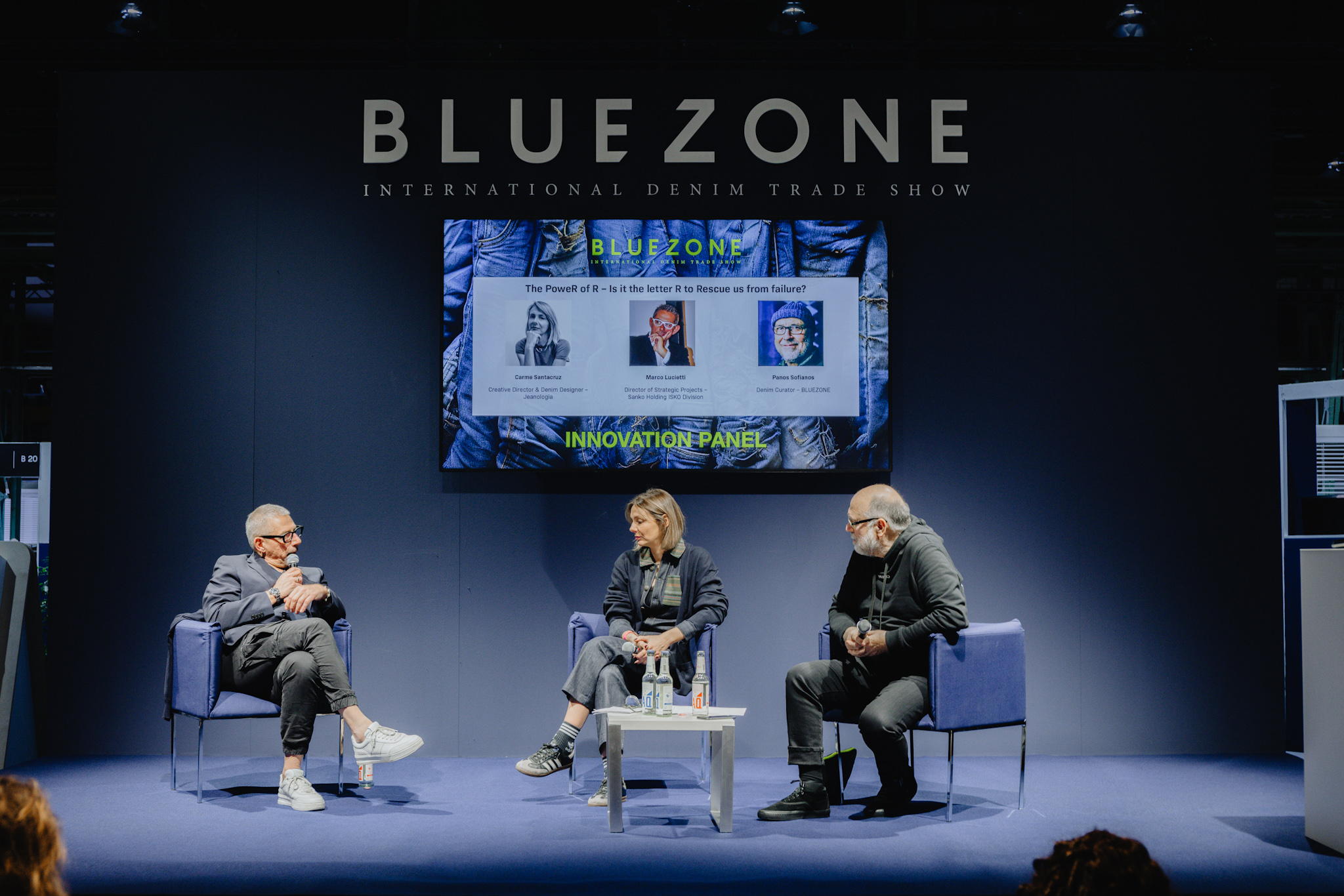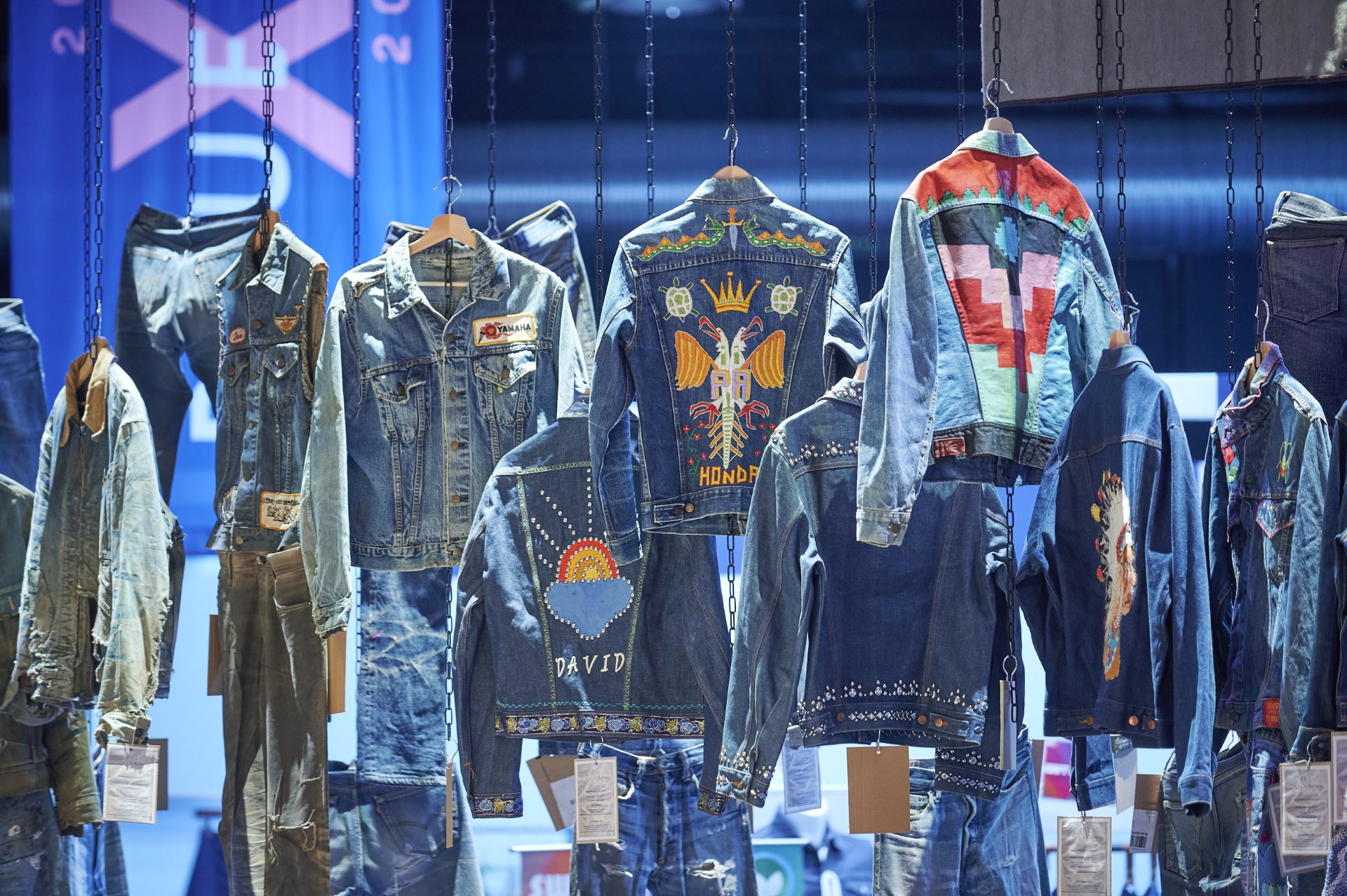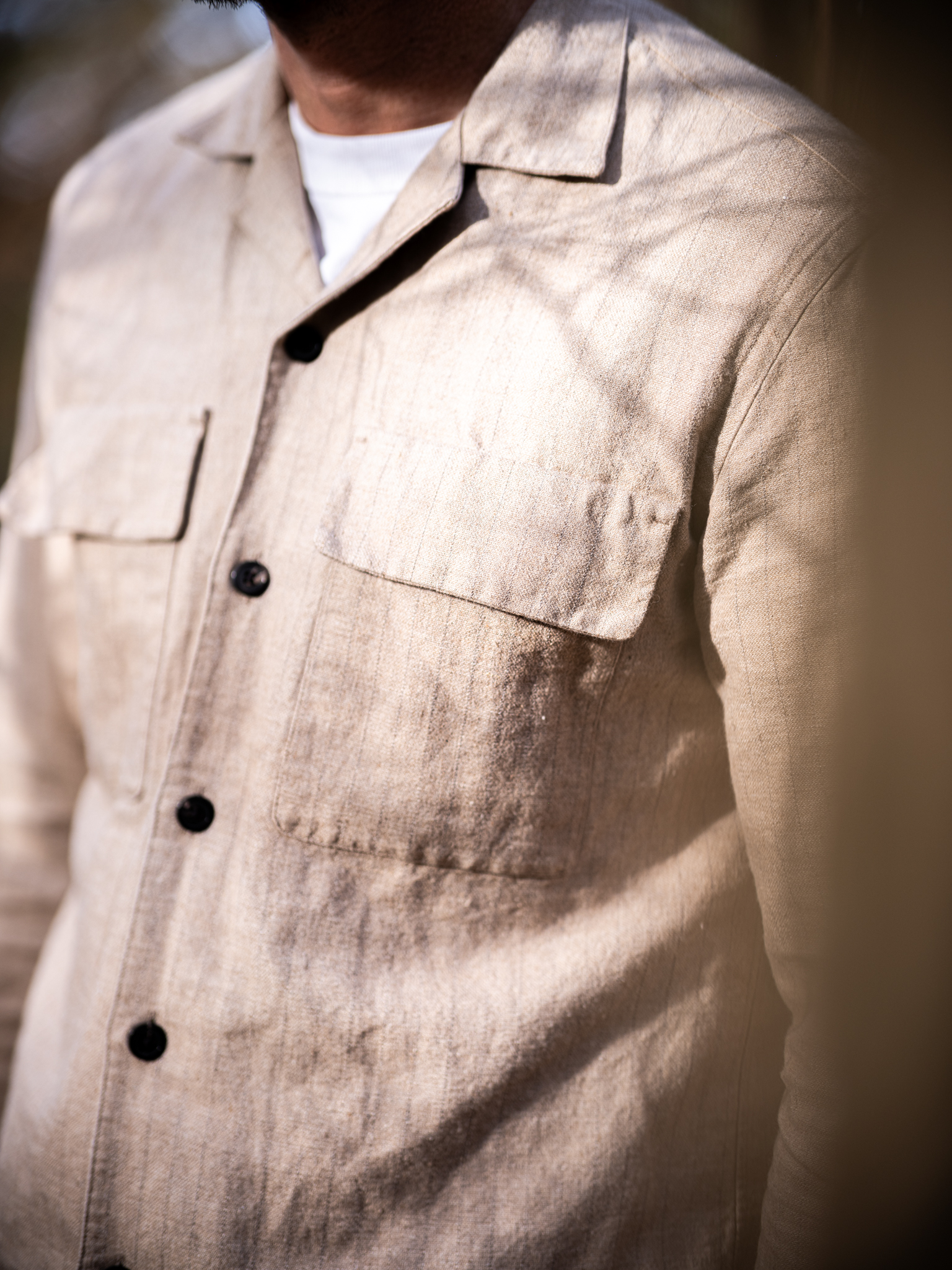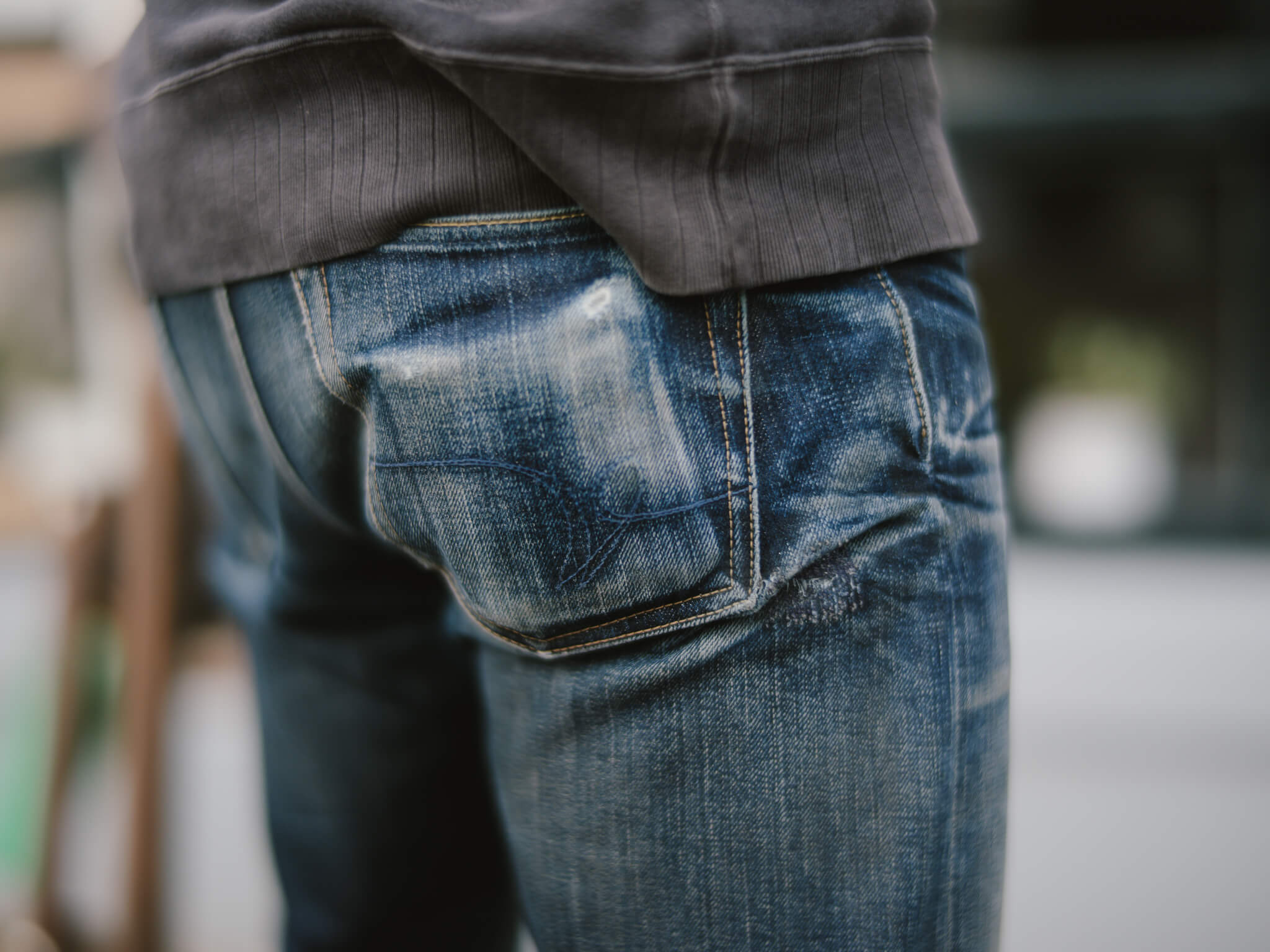Dutch Denim Repair is Giving Your Jeans a Second Life
Dutch Denim Repair, run by Edwin van Zoeren, was established on a deep love for denim. The company is based in Rotterdam and handles repairs for denim heads all over the world, with a surgical attention to detail. Dutch Denim Repair has been offering high-quality repair services since 2018, merging craftsmanship, art and sustainability into the fibers of denim. We reached out to Edwin to learn more about his brand, his practices and what’s next.
Robin Denim (RD): Edwin, what encouraged you to start Dutch Denim Repair? What did you hope to achieve?
Edwin van Zoeren (EvZ): It all started when my worn-in jeans needed repairing. I used to drive to Amsterdam to drop off my jeans at the Denham store. At that time Clinton and Leon (from LEBL Studios) were working at Denham and they kept my jeans alive for quite some time, repairing them on a Singer darning machine. I was impressed by the skills these guys had and the functionality of the machine itself. It encouraged me to learn more about denim repairs and how to keep jeans alive.
At one point, I took my jeans to a local retail store in Rotterdam for a knee repair. When I picked up my jeans, I saw a large patch repair with contrasting stitches and I was very unhappy with the results. Instead of going back, I removed the repair, grabbed my girlfriend’s sewing machine and tried to repair the jeans myself. The results were better than expected, so I started practicing on my own jeans and jeans from friends. Watching many YouTube tutorial videos and finding inspiration on Instagram, I had a lot to learn!
My dream was, and still is, to offer a high-quality denim repair service from a small atelier; Completely focused on working with denim enthusiasts that share the same love for the details in and the quality of denim.

RD: I think many denim heads have had a similar experience with a bad repair job, at least I have! Tell us more about the learning process you went through?
EvZ: If I had to describe the process in two words: trial and error. It took a lot of time practicing and learning the best way to repair. To be honest, I still learn every day! At the beginning, I took apart some jeans to learn different sewing techniques and stitch types, as well as becoming familiar with seams and yarns. I learn a lot from working with different fabrics and varying stages of wear. I pay attention to different construction methods and denim details, which give me a unique insight in the DNA of denim and the makeup of jeans.
RD: You’ve been running the company for more than a year now. How have things changed over time?
EvZ: As with starting any company, it’s inevitable that you need to invest. I invested in new machines to offer a wider service. Not only for denim repair, but also for a chainstitch hemming (on a vintage Union Special 43200G) and for offering alterations like tapering.
Aside from sewing machines, I invested in a website, quality supplies and building a brand. At the moment I am working on several projects for the future, all to enhance the repairs and to maintain a high quality.
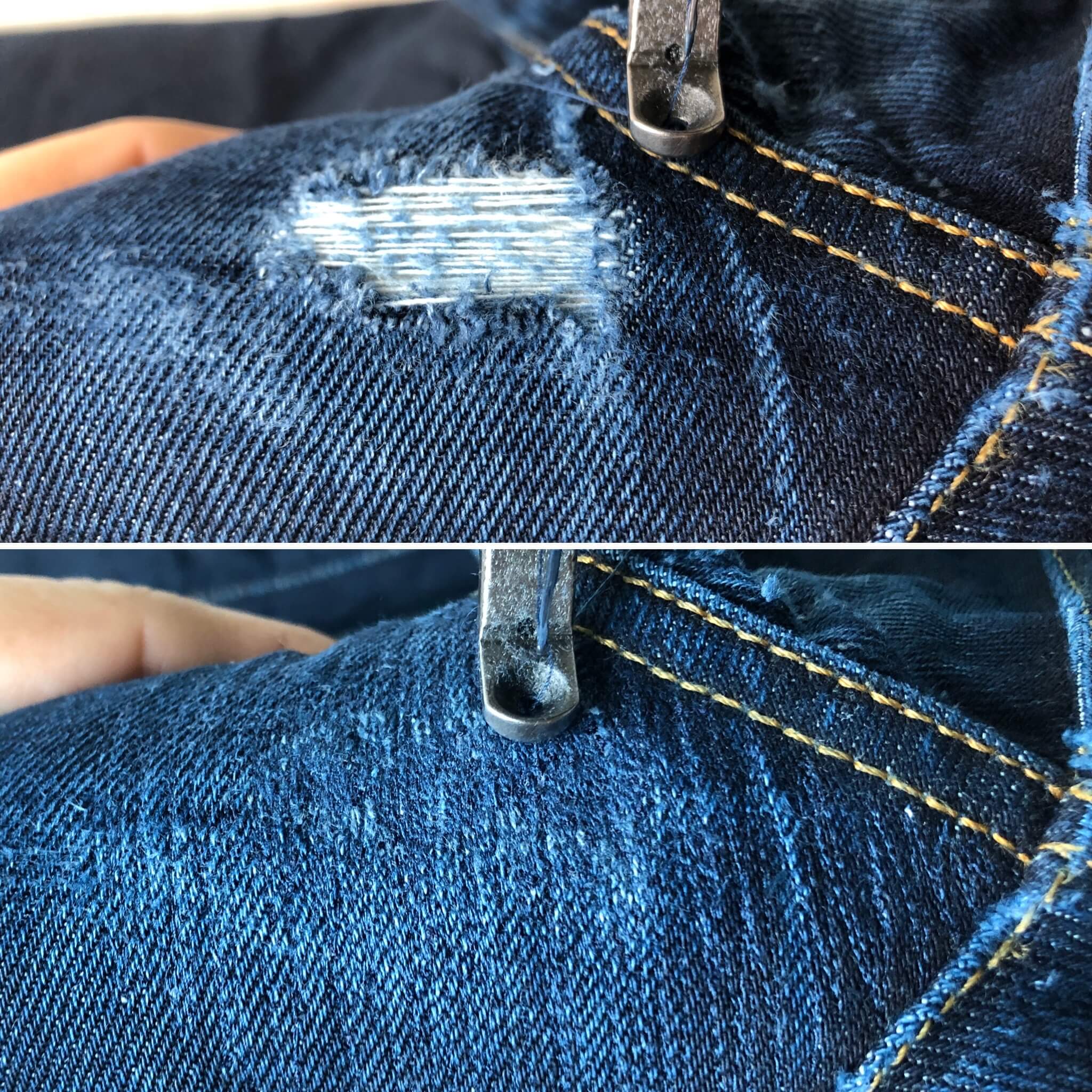
RD: Do you only do repairs for individual customers, or do you offer your services to brands?
EvZ: Most of my clients are individual customers within the Netherlands and the EU. It’s a privilege that there are so many people trusting me with their beloved and well-faded jeans. It’s really great!
For local customers, I offer my services at selected menswear stores in, and around, Rotterdam and the Hague. This has included Denoism in Rotterdam, but unfortunately they closed in August of last year. I am currently working with Funkiehouse in Rotterdam and the Hague, as well as Nosense in Barendrecht.
And, I am very happy to announce that I just started to offer a chainstitch hemming service through Benzak Denim Developers. On the website of Benzak, customers can select the repairs or alterations they need and send the jeans to my workshop. This is a unique collaboration and it allows me to work with the original Benzak yarns helping me to return the jeans to the owner in the typical Benzak style, even with roping effect!
RD: What machines do you use?
EvZ: It is not possible to do high-quality repairs on only one machine. I use multiple (industrial) machines, including a Union Special to produce chainstitches and a 43200G for hemming. In addition, I use a 3/5 thread overlocking machine when tapering a pair of jeans.
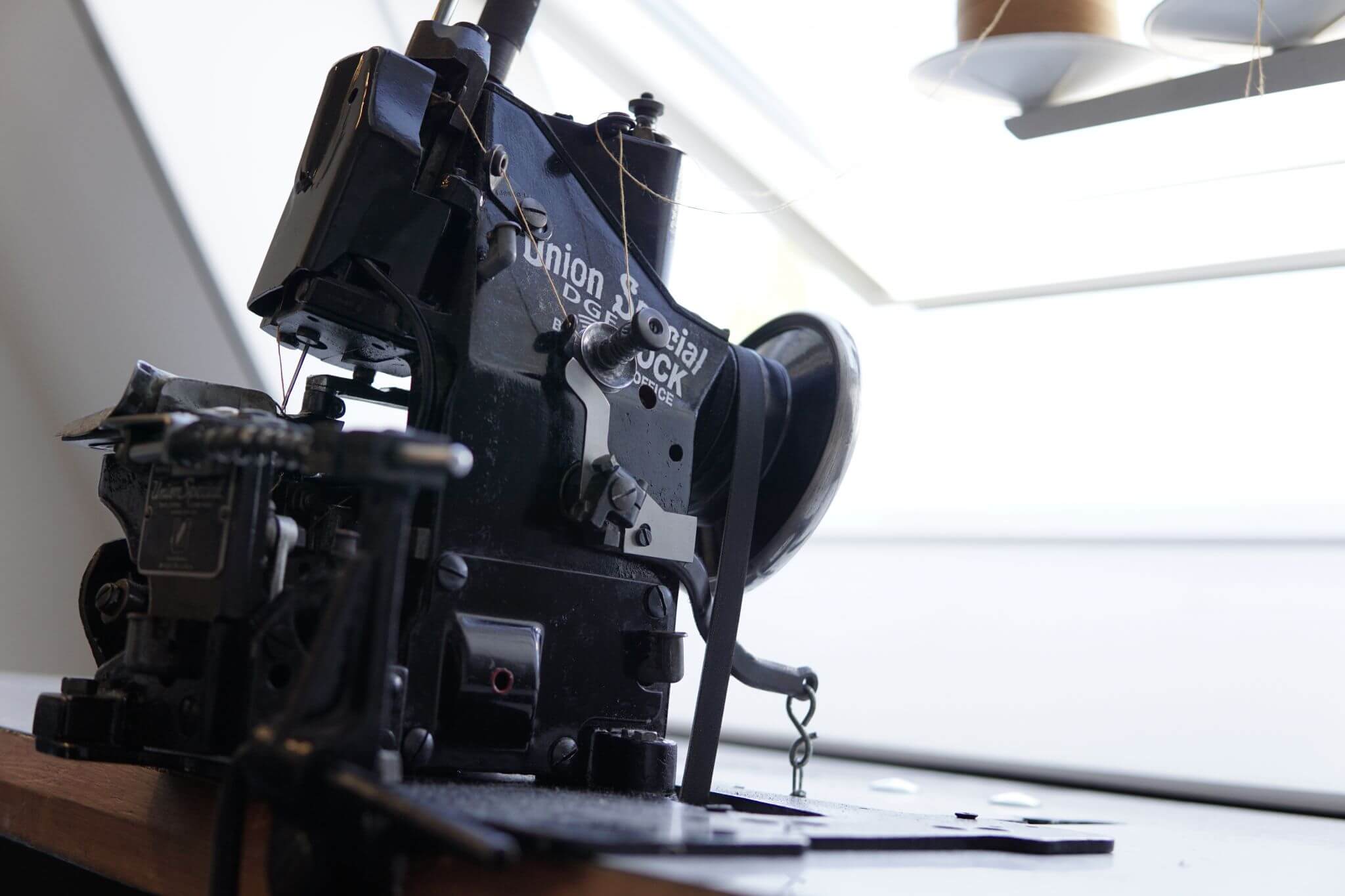
RD: Where do you source your machinery?
EvZ: I have found most of my machines online, using eBay and (the Dutch version) ‘Marktplaats’. Unfortunately, the machines are getting harder to find and the prices have soared through the roof. Luckily, I found a couple of the machines at the same time and managed to get a great deal buying them at once. The thrill of searching and finding the right machines or parts can be fun, but a challenge! For example, the darning machine that I bought had the original cone missing. But, I found a company that was able to make these cones from a technical drawing that I made. Now I’m helping others by selling these cones, because the original ones are just not available anymore.
RD: The raw denim scene favours the use of vintage and original machines. What do you see are the benefits of using them?
EvZ: I work with a mixture of old and new machines that are able to reproduce the same stitches that were used in producing the garments. Some of my machines originate from the 1960’s whereas my newest and most advanced machine is the Global 3200 (a single needle automatic lockstitch machine) which is a true work horse.
In the Netherlands it is pretty hard to find vintage industrial machines, such as the Singer industrial machines made by Simanco. It’s even harder to find the parts in order to make repairs and conduct maintenance.
I understand the fascination with these machines by denim heads as some of them originate from the early 1900’s and still work great if properly maintained. Go check out Bowery Blue Makers based in Brooklyn, NY, Viapiana Custom Denim, and Conners Sewing Factory in Japan. They use these vintage machines to produce amazing high-quality denim garments.
But to answer your question, is it beneficial for me to use vintage machines? No. Actually, nowadays the apparel industry is stepping away from vintage machines and is starting to use new and fully automated machines. Of course, new machines don’t share the same story and character, but using them is more efficient. So, working with vintage machines isn’t necessarily beneficial, but it adds more character and value to the product in my opinion.
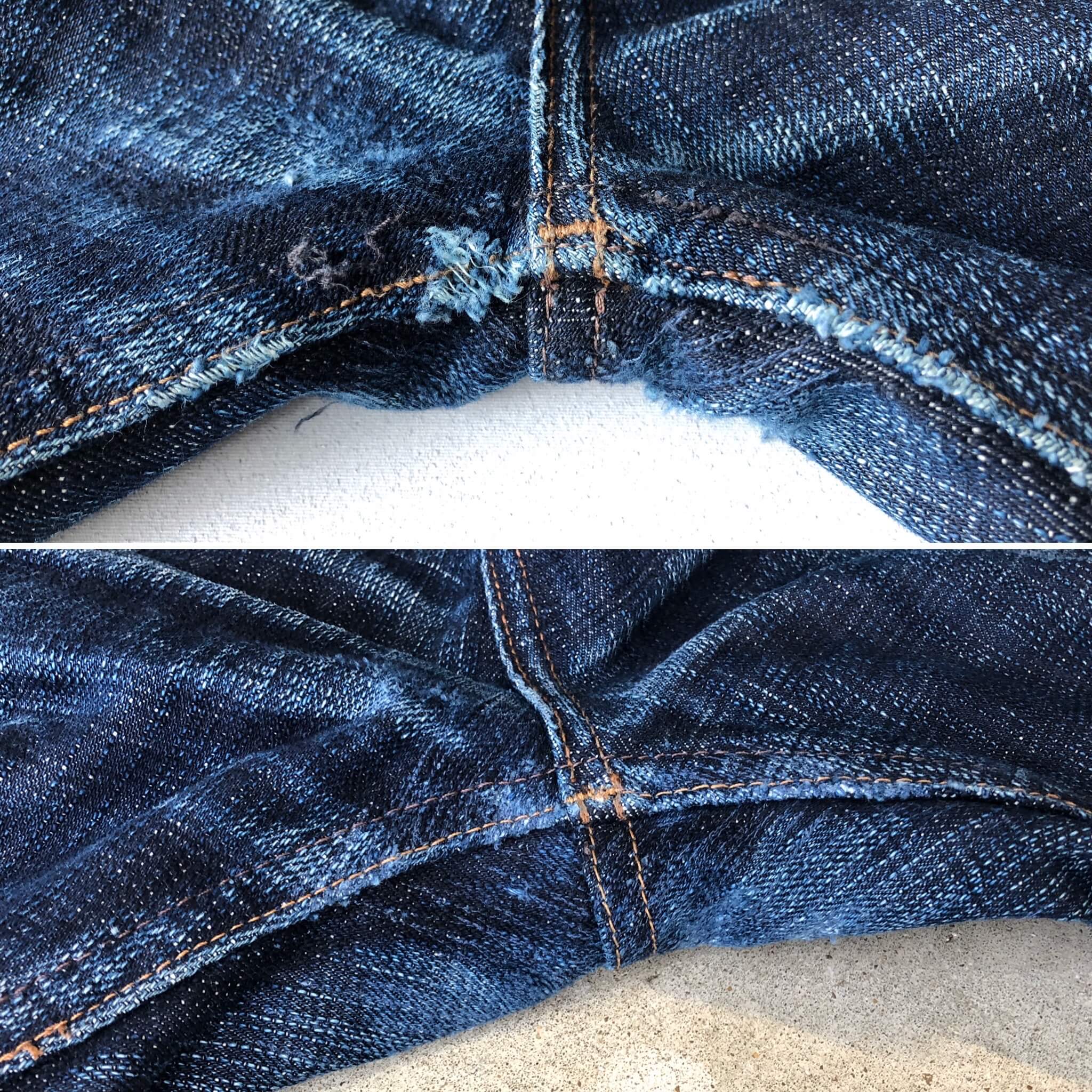
RD: What sets Dutch Denim Repair apart from other similar services?
EvZ: I am a denim head with a big love for denim. In my opinion the fades, fabric, and details of your denim make a brand of their own. With a well executed repair every now and then, you can make sure your jeans last longer. But why me? Well, I treat your jeans just like I would treat mine. That’s why I communicate openly and directly with customers to be clear on how I will repair your jeans and what you can expect from the service. Aside from working on great machines, I take the time that is needed to make a great repair. You can trust me with your denim!
RD: What is the most memorable or repair you ever did?
EvZ: That’s a hard question! I think that every pair of jeans that come in for repair tell their own story. I have had the opportunity to behold all the great fades, wear patterns and stories of the denim I’ve worked with. Sometimes, mostly on #fadefriday, I share some of the repairs on social media. The reactions and appreciation for the jeans themselves tell me that I’m working with some very special garments.
The most memorable repairs I have done recently were when a box full of well-worn Benzak jeans arrived, with a personal note from the owner, Lennaert Nijgh. The jeans were a quality check to see the level of my repair skills and to determine whether Benzak can offer a repair service through Dutch Denim Repair. I worked on the jeans and Lennaert’s appreciation for the repairs were a great endorsement!

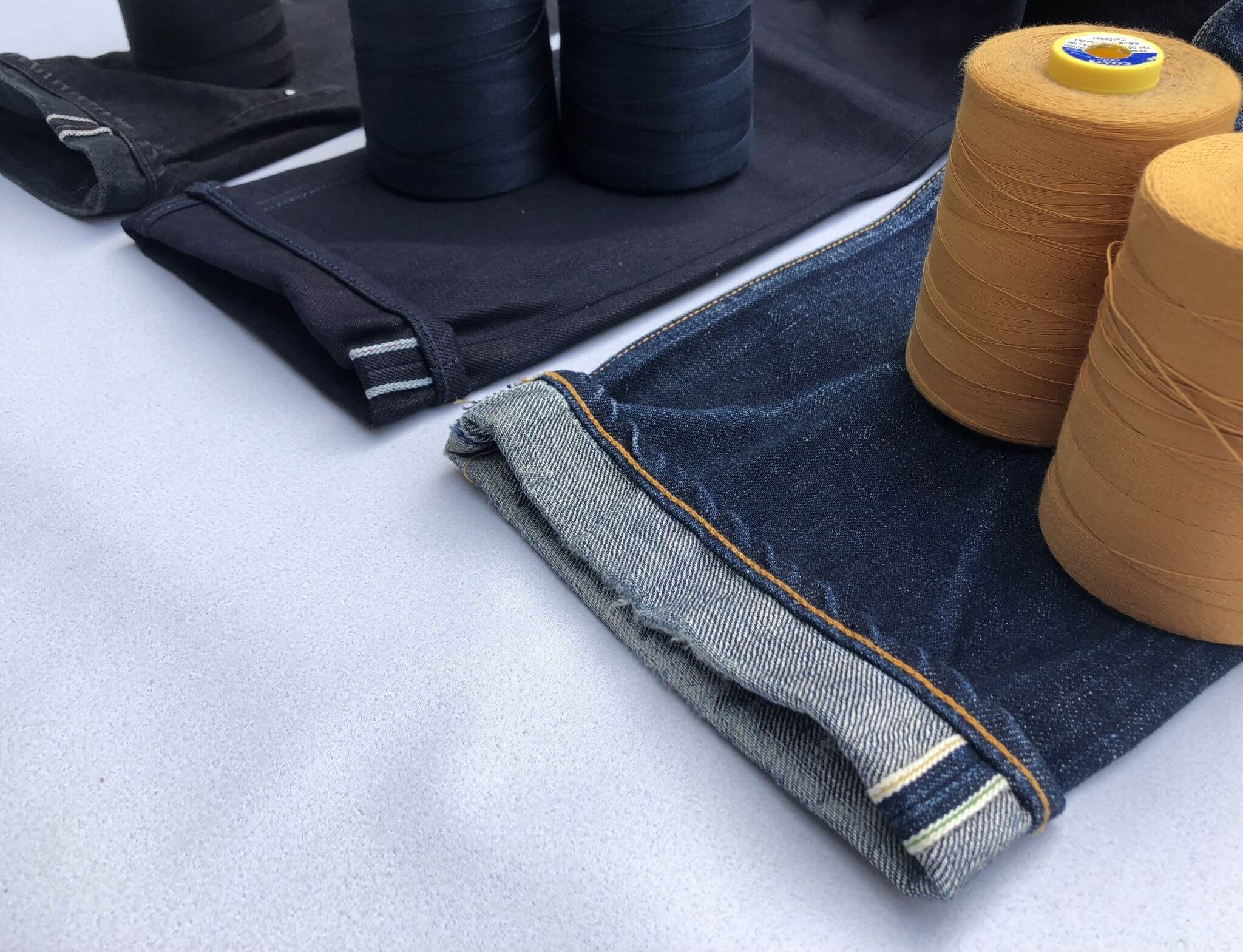
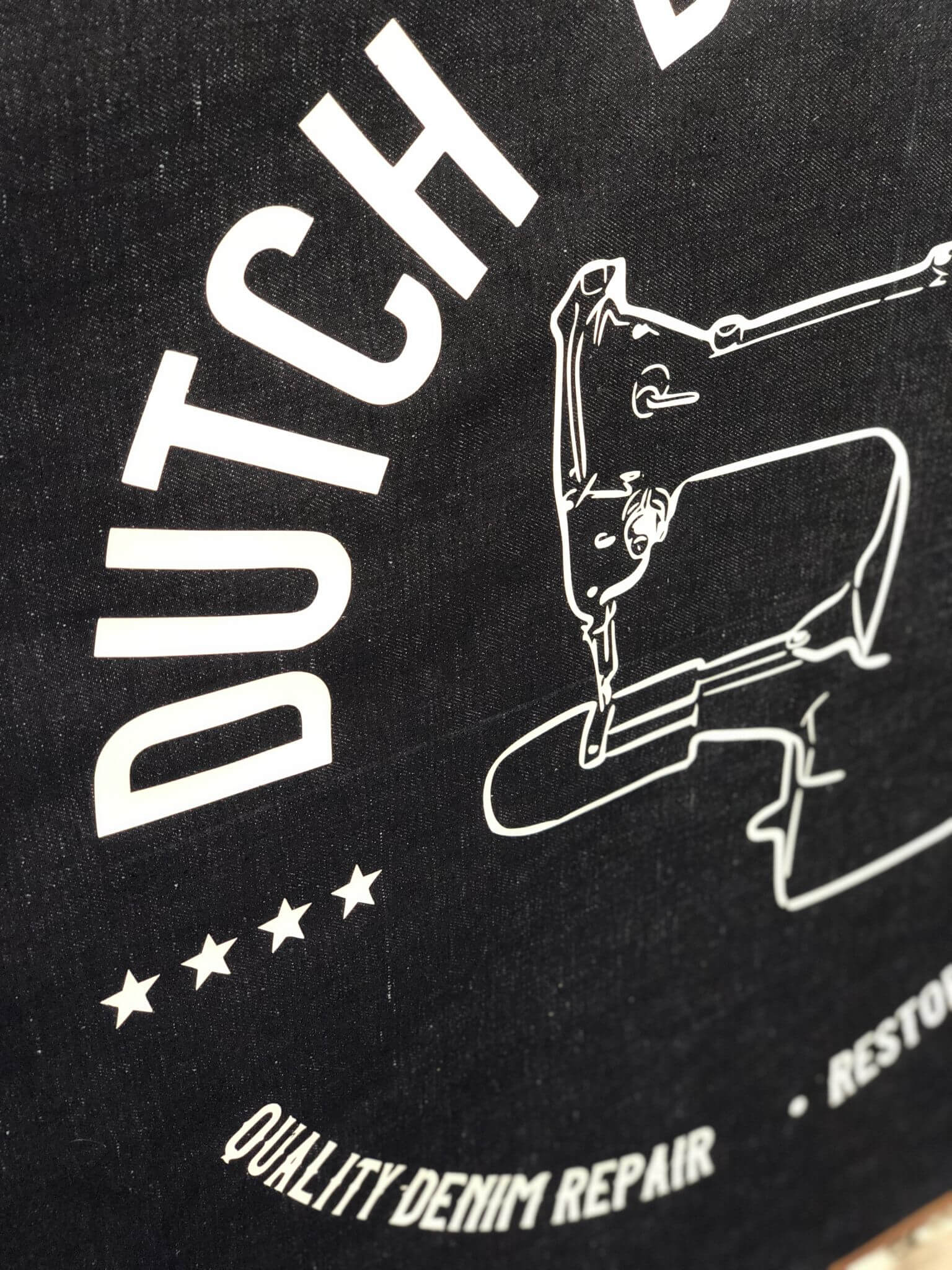
 Share
Share
 Tweet
Tweet
